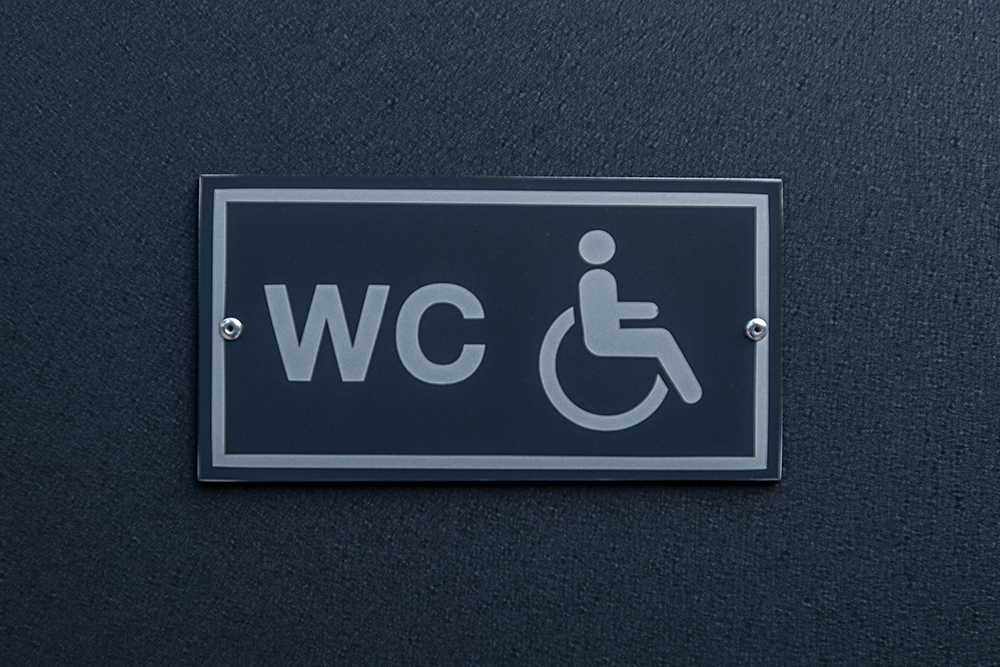Dubbed in some quarters as “Freedom Day”, the government announcement this week has confirmed that life will return to a form of normality on 19th July.
With restrictions easing and an imminent return of both members of staff and visitors to the workplace: site owners, facilities managers and ‘responsible persons’ must be mindful of fresh challenges, following such a lengthy period where workplaces have remained largely empty. The magnitude and wide-ranging importance of fire safety is as prevalent as ever.
For those responsible for the safety and wellbeing of the people within these environments, there is a legal requirement to ensure the following factors are adhered to:
Who is responsible for fire safety in my workplace?
Anyone with control of the business premises, including, for example, a facilities manager, building manager, owner, landlord, employer or occupier, is responsible for fire safety under the Regulatory Reform (Fire Safety Order) and is formally known as the ‘responsible person’. As the responsible person, you are held accountable for:
- Carrying out a fire risk assessment and reviewing it regularly
- Identifying risks and ensuring that there are measures in place to reduce or manage them accordingly
- Informing staff of any risks identified
- Ensuring that appropriate fire safety measures are put in place and consistently maintained
- Establishing a suitable fire safety procedure and foreplanning in the event of an emergency
- Providing staff with ample information, fire safety instruction and adequate training
What is a fire risk assessment?
A fire risk assessment includes a detailed analysis of your workplace to determine any potential fire hazards or persons at risk and provide subsequent recommendations to either mitigate, reduce or manage these.
What elements will need to be considered in the fire risk assessment?
- Emergency routes and exits
- Fire detection and warning systems
- Firefighting equipment
- The removal or safe storage of dangerous
- substances
- An emergency fire evacuation plan
- The needs of vulnerable people (both staff and visitors), for example, the elderly, young children or those with disabilities
- Providing information to employees and
- other people on the premises
- Staff fire safety training
You can use the ‘Assessment Guides’ on the government website to carry out your assessment if you feel you have the required skills and knowledge to do so, or you can request that a trained fire risk assessor complete the assessment for you. With an external assessor, you will receive a comprehensive fire risk assessment and detailed guidance should any recommendations for improvement be required.
It is essential that assessments are reviewed/updated regularly, and findings are recorded, in order to prepare emergency plans and provide staff with essential fire safety training.
Emergency evacuation plans
Your emergency evacuation plan must indicate that you have:
- A clear passageway to all escape routes
- Clearly marked escape routes (using photo-luminescent fire escape route signs) that are as short and direct as possible
- Enough exits and routes for all people to escape
- Emergency doors that open easily
- Emergency lighting where needed
- Training for all employees to know and use the escape routes
- A safe meeting point for staff
Means of escape for disabled people
When planning for emergency evacuations, you should include arrangements for safely evacuating someone with a disability. For example, special arrangements should be made to help wheelchair users escape safely in the event of a fire.
Fire detection and warning systems
As the responsible person, you must ensure that there is an appropriate fire detection and warning system installed within your workplace. The type of building and the work carried out in it will determine the type, size and configuration of the fire alarm system you require.
Fire fighting equipment
The types of equipment that you need will depend on your business premises. All equipment must be properly installed, tested and maintained with adequate training for employees to operate if necessary.
Maintenance and testing
You must carry out regular checks to ensure that:
- All fire alarm systems are working correctly
- The emergency lighting is working
- You record any faults with systems and equipment
- All escape routes are clear, the floor is in good
- condition and the areas are well lit
- All fire escapes can be opened easily
- Automatic fire doors close correctly
- Fire exit signs are in the right place
Fire drills and training
All members of staff must be informed of emergency evacuation plans, escape routes, locations for fire fighting equipment and any new fire risks. Employees must also be made aware of company guidelines and best practices in the event of discovering a fire.
You should carry out at least one fire drill per year, accurately recording the results. These results must be kept as part of your fire safety and evacuation plan.





